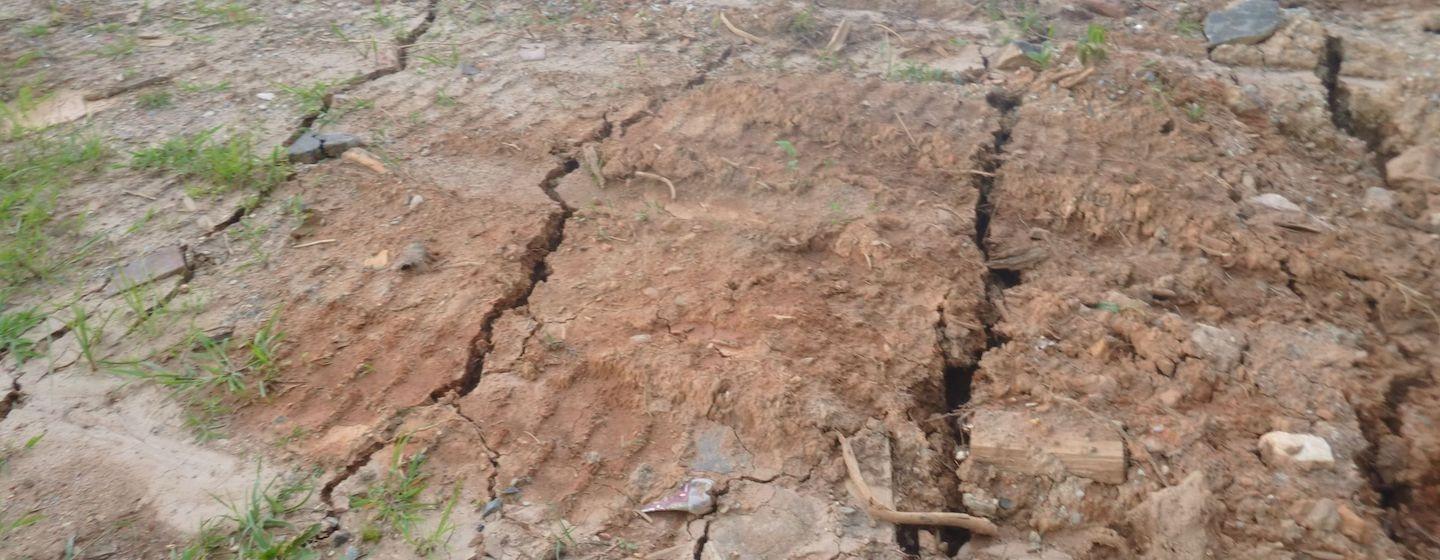There’s a 1.5 Mile Crack in the Ground in North Carolina


Whether it’s a bone, a dish, a glass, or a cabinet, spotting a crack is never a good thing. It’s an indication of….trouble. It’s a warning of potential problems sometime in the future.
Which is why scientists are scrambling to learn more about a 1.5 mile “rupture” in the ground south of the Alleghany County town of Sparta, in the Western part of the state.
On August 9, 2020, at 8:07 a.m., the Earth shook in Sparta. That’s not all that unusual. North Carolina does experience earthquakes in the foothills near the Appalachian Mountains.
But what made this 5.1 magnitude event unique is that it was a shallow earthquake that caused a ground surface rupture, a crack, on a previously unknown fault line. It was centered about three quarters of a mile below the surface. In fact, the quake is the first documented surface rupture earthquake in the eastern U.S.
“Most earthquakes are generated along fault lines located deep within the Earth (commonly 5-7 miles below the surface) and a moderate earthquake that deep doesn’t generate enough energy to break the fault all the way to surface, said Paula Figueiredo, in an NC State news release. Figueredo is a Post Doctoral Research Assistant in the College of Marine, Earth, and Atmospheric Sciences at North Carolina State University, and a lead author on a study of the Sparta quake.
“This quake happened along a “reverse fault,” which is a type of ground motion that pushed up one side and placed it on top of the other,” adds Figueiredo.
In this case, the south of Sparta was pushed up. Much of the crack runs through forests, although the quake was strong enough to damage roads, the foundations of buildings, and utility lines.
Most earthquakes are caused by plate tectonics, the movement of giant plates on the Earth’s surface. But there are faults that aren’t associated with active plate boundaries. The newly named Little River Fault appears to be one of them.
“These faults are structures inherited from plate tectonics that occurred millions of years ago,” said Figueiredo. “The old plate boundaries are no longer active, so these are more like scars left over from plate tectonics. But they can still move where there are pressure changes on the surface.”
Right now, nobody knows what the surface change might be.
“There may be something else at play we just don’t understand,” concludes Figueiredo.
The study about the Sparta quake was published in the journal of the Geological Society of America.